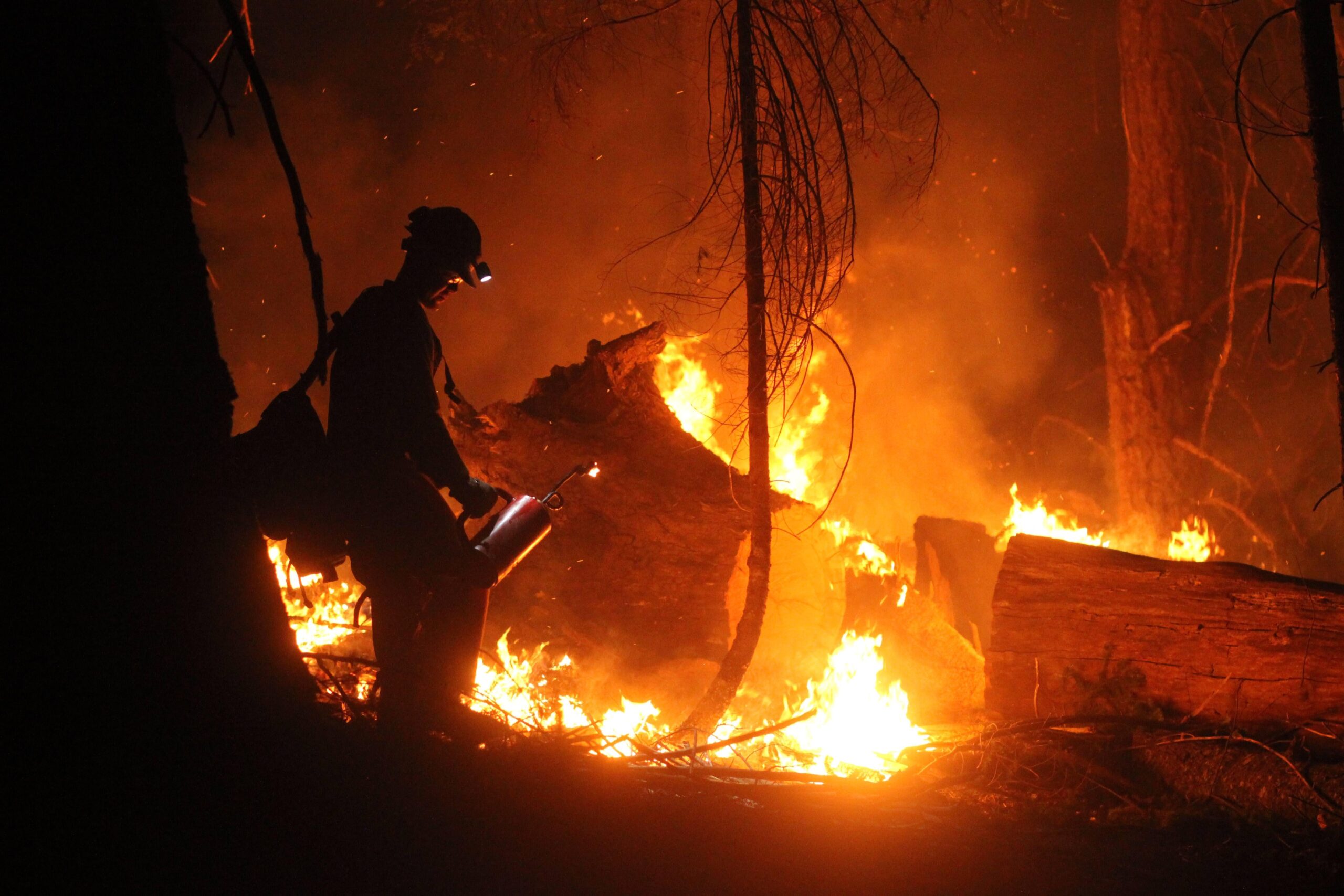
Wildfires
Wildfires devastate homes, livelihoods and communities of people worldwide, making them one of the most destructive types of disasters. While climate change fuels the frequency and intensity of wildfires, wildfires themselves fuel climate change, making them uniquely damaging to the planet.
What are wildfires?
- Wildfires are natural hazards that can benefit ecosystems by helping to control insect populations and diseases of plants and trees.*
- Wildfires become disasters when they meet areas populated by humans.
- Wildfires can exacerbate existing inequalities.
Wildfires are unplanned ignitions that burn combustible vegetation uncontrollably in wildlands. They happen almost everywhere in the world. ‘Wildfire’ is an umbrella term that includes forest fires and bushfires. The latter burns in brush, scrub or grasslands in places like Africa’s Sahel region or Australia. Forest fires usually begin in forested areas but may spread to urban areas.
In contrast, prescribed burns are intentional, controlled fires that eat up areas of dried-out vegetation before they cause wildfires. Prescribed burns help thin forests so they need less water, making them more resilient to drought.
Wildfires make the air, water and soil toxic and can even cause increased flooding and debris flows for years after they’ve been extinguished. They’re a unique type of disaster because they are both a significant cause and an effect of climate change.
Climate change is shifting rainfall patterns, drying out vegetation and causing more frequent and intense fires. Land development and natural hazards like tornadoes or cyclones create fuels that feed fires through downed and dry trees and vegetation. Wildfires then burn the vegetation, releasing carbon dioxide emissions into the atmosphere and contributing to climate change.
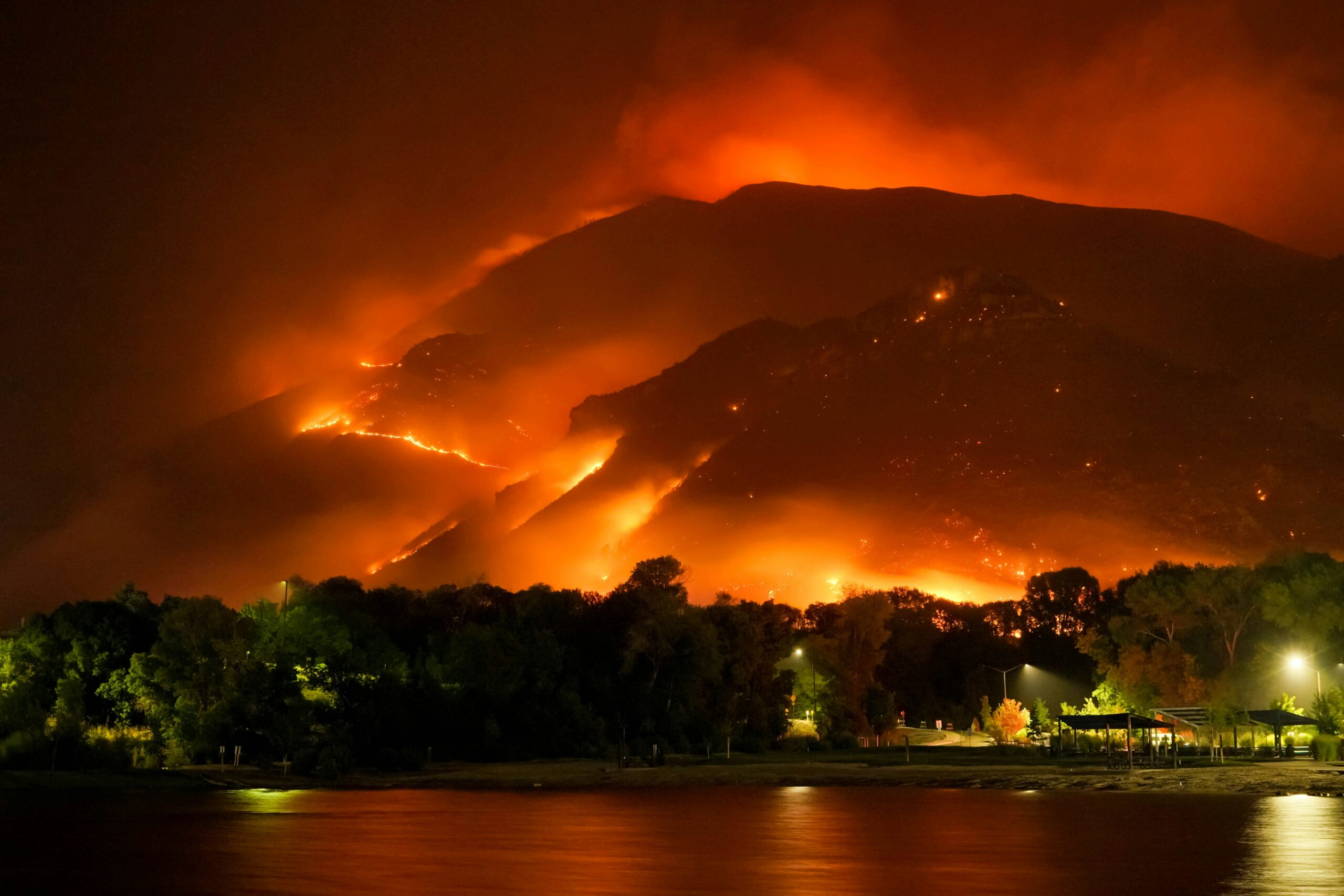
Where do wildfires occur?
- Wildfires occur everywhere* in the world except Antarctica.
- Certain places are more prone to fire than others, like the southwestern part of the United States.
- Poland and other countries that historically have had few fires have started seeing an increase in recent years.
According to a United Nations Environment Program report, “…current models suggest that some areas, such as the Arctic, are very likely to experience a significant increase in burning by the end of the century. Areas of tropical forest in Indonesia and the southern Amazon are likely to see increased burning if greenhouse gas emissions continue at their current rate.”
When & why do wildfires occur?
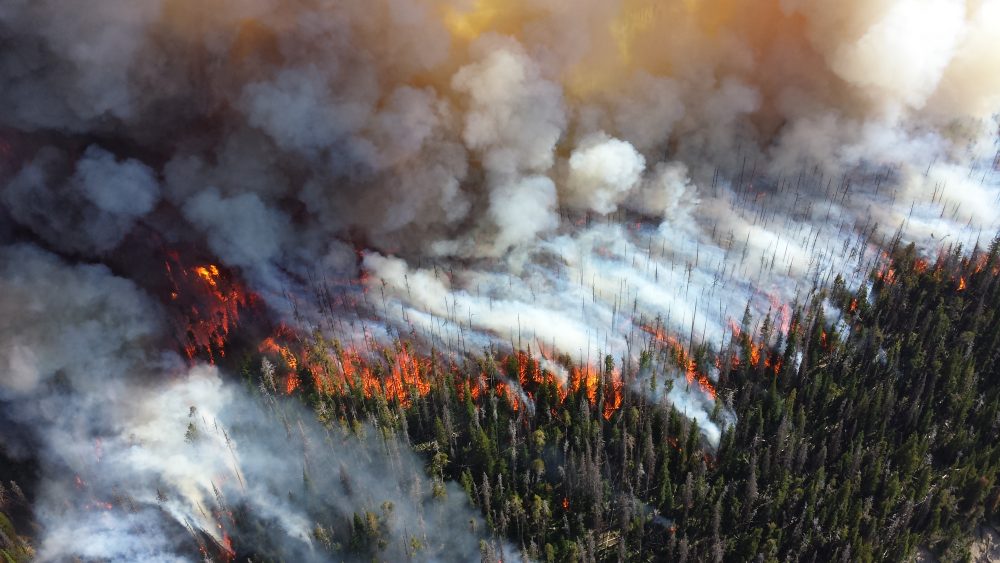

- 76%* of fires that affect humans are caused by accidental human ignition.
- 51% increase in human-induced wildfires in the last ten years due to downed power lines, campfires and backyard burns.
- 65%** of wildfires are caused by lightning.
Wildfires typically occur when the weather is dry and hot, and there is an increased risk of wildfires when conditions are hotter and drier than usual. In the U.S., the current wildfire season runs from May to November. However, if conditions are right, wildfires can occur at any time of year.
Who do wildfires affect & how?
- Wildfires are most detrimental to communities that are typically less resourced and often more rural. In the United States, Indigenous* and Latin American** communities frequently live and/or work in zones with a high prevalence of wildfires.
- The mortality rate*** for older adults and people with disabilities is two to four times higher than able-bodied populations because they are less able to evacuate
- Many migrant workers on U.S. farms may be hesitant to seek help after a wildfire for fear of deportation, leaving them less financially resilient and more vulnerable to health hazards.
Farms and farm workers – many of whom are undocumented – are frequently affected by wildfires. Crops, land, farm buildings and equipment can be lost in a fast-moving wildfire, and smaller farms or new farmers cannot obtain sufficient insurance to cover losses.
The smoke that permeates the air during a wildfire is often filled with toxic chemicals – remnants of burned cars, household appliances, batteries, paint, etc. Following the fire, these toxins remain in the water and the soil. They affect everyone, but especially children, older people, people who work outdoors and those living with chronic health conditions.
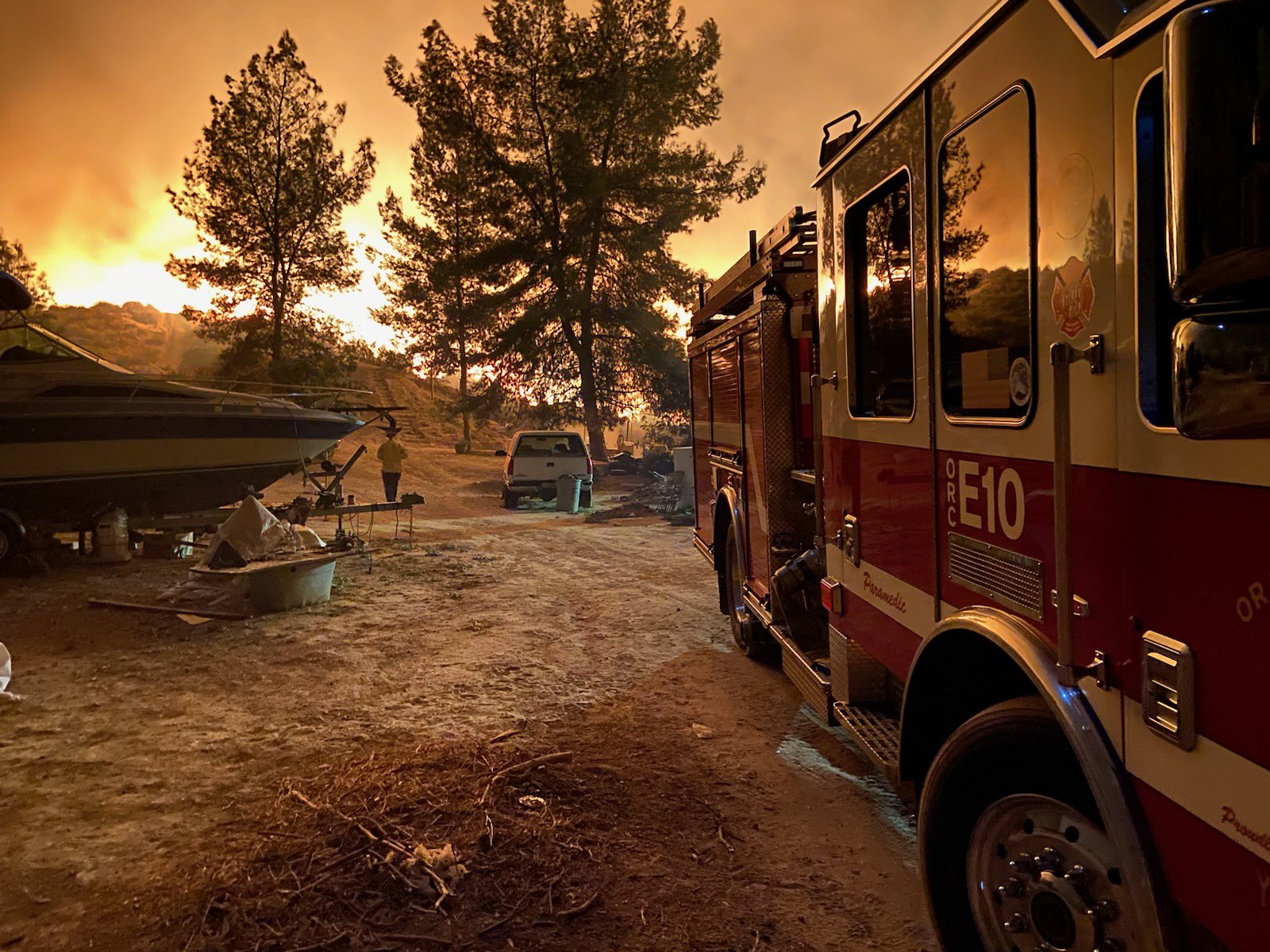
How can funders support communities affected by wildfires?
There are several ways funders can help prevent disasters caused by wildfires:
- Invest in preparedness activities at the individual or community level.
- Invest as locally as possible.
- Recognize that increased investments upfront pay off in the long term.
The best way to help individuals and communities mitigate the effects of destructive wildfires is to invest in preparedness efforts.
Consider funding projects like urban greening, community gardens and tree planting. It is also imperative to support projects that improve infrastructure.
At a policy level, building codes should mandate fire-resistant homes. With more wildfires entering urban areas, building durable houses is crucial. Earth blocks are a wildfire-resistant building material made of compressed mud that can withstand hurricanes, earthquakes and even tornadoes. Roofs can be fire-resistant using metal shingles, preventing sparks from creating new fires. Also, defense zones add a buffering space between a home and the surrounding wildland. Insurance companies could incentivize homeowners to protect their homes with defensive zones. There are three categories of defense zones, which you can read about here.
Funders can work with local organizations and officials to create policies and build resilience. While preparedness can be costly, $1 invested in preparedness and climate resilience can save up to $13 in disaster recovery costs.
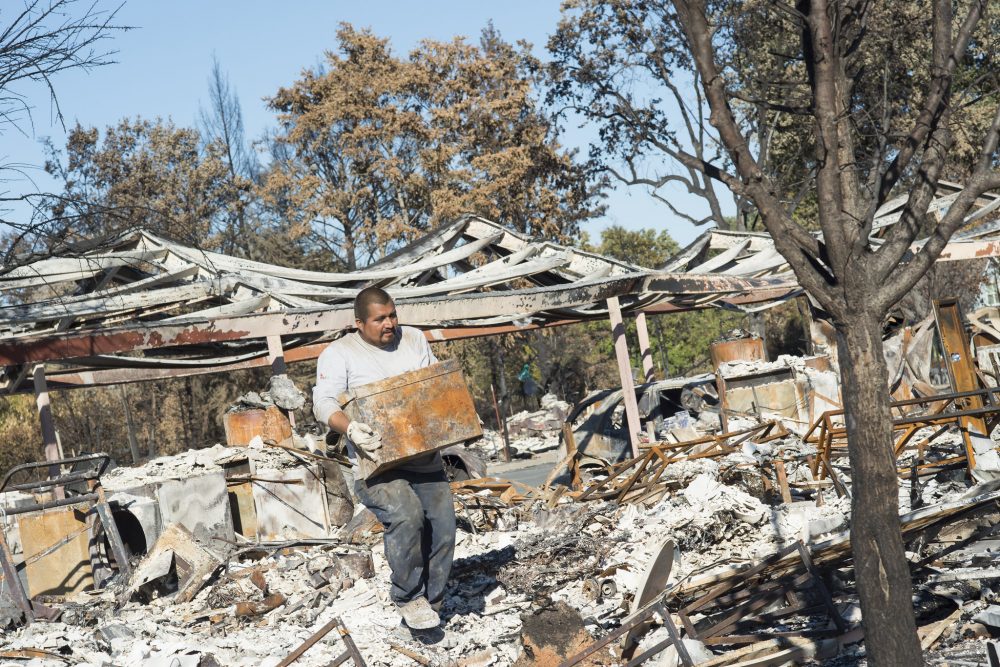
What does recovery look like?
- Rehabilitating* the landscape and restoring neighborhoods.
- Repairing critical infrastructure.
- Mitigating against post-fire flooding.
Often, individuals who have lost their homes and/or livelihoods must navigate insurance coverage and figure out any federal or state grant money they might be entitled to through a complicated bureaucratic process. Smaller fires that receive less media attention also raise fewer dollars from individuals or philanthropic donations. Philanthropy has an important role to play in helping communities recover by filling in financial gaps.
After a wildfire, the water and soil can remain toxic for months or even years, preventing homeowners from beginning to rebuild. For a couple of years after the fire, survivors will need housing support, environmental clean-up and assistance to replace furniture and appliances.
All vehicles, burnt vegetation, furniture, appliances and destroyed homes must be removed and placed in a landfill. The raw earth left behind creates a burn scar that is susceptible to flash flooding. When debris isn’t removed, water can pick it up and move downstream.
Giving cash to organizations rather than goods donations is critical after a disaster, as donations can overwhelm local efforts, causing staff to shift from helping people to donation management.
Recovery after a wildfire can take years. Though the media may stop reporting about wildfire recovery, it doesn’t mean that recovery efforts have stopped. Talk to community foundations and local and state agencies to determine what’s needed and where the gaps are in recovery.
Learn more
Additional resources
- Giving Compass blog post: Destructive and unexpected: What funders should know about wildfire recovery
- CDP blog post: Beyond the flames: Addressing the ripple effects of California’s wildfires
- CDP Midwest Early Recovery Fund impact story: Project Sheep for Wildfire Recovery
- Roadmap for wildfire resilience: Solutions for a paradigm shift
- Wildfire Causes and Evaluations
- How to Prepare for Wildfires
- U.S. Forest Service Wildland Fire Page
- University of California Forest Research and Outreach
- UN Environment Programme: Spreading Like Wildfire: The Rising Threat of Extraordinary Landscape Fires
Sources
What are wildfires?
Where do wildfires occur?
When and why do wildfires occur?
Who do wildfires affect and how?
How can funders support communities affected by wildfires?
What does recovery from wildfires look like?
- *USDA